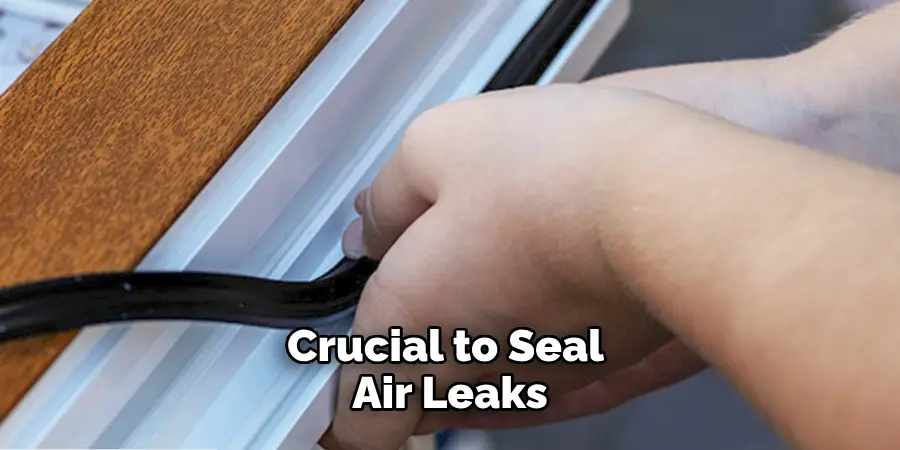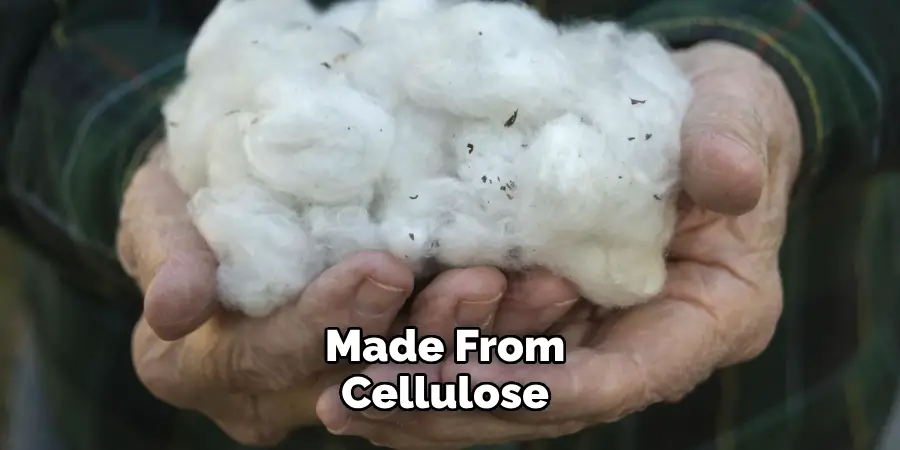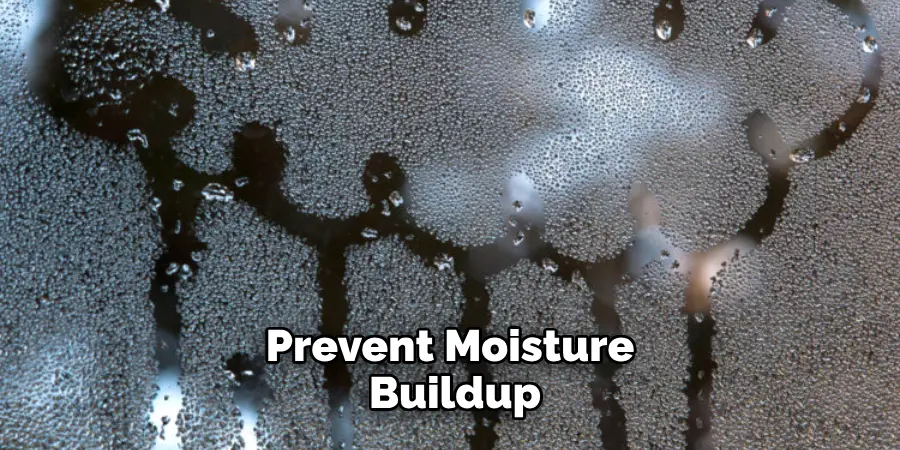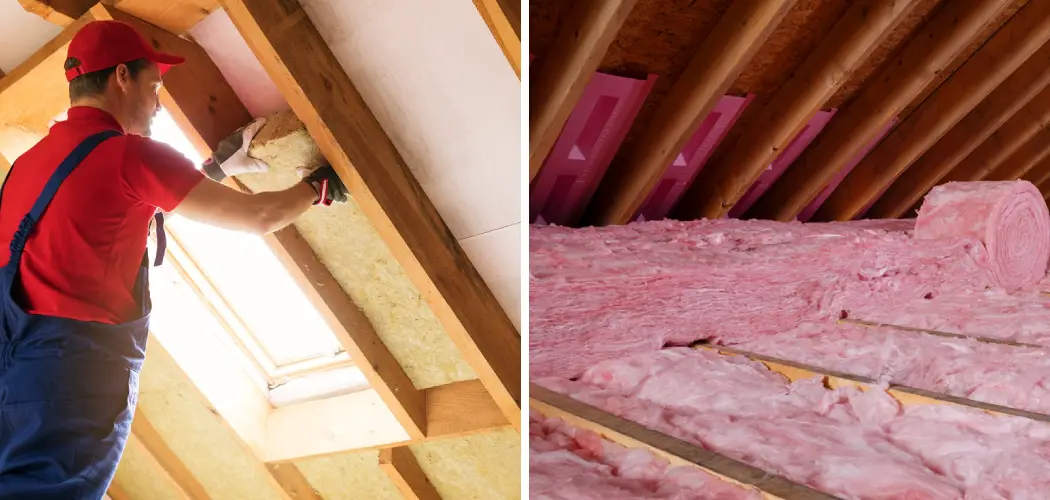Insulating a garage attic is a crucial step in enhancing energy efficiency and creating a more comfortable environment in your home.

Proper insulation not only helps maintain optimal temperatures year-round but also minimizes energy costs by preventing heat loss in the winter and excessive heat gain in the summer.
In addition, effective insulation can reduce noise transmission between your garage and living spaces, making it a more pleasant area for various activities. This guide will provide you with the necessary steps and tips for how to insulate a garage attic, ensuring a well-protected and energy-efficient space.
Benefits of Insulating a Garage Attic
Insulating your garage attic brings numerous advantages that extend beyond simple temperature regulation.
Firstly, it significantly improves energy efficiency, which can lead to lower utility bills. When your garage is insulated, the heat produced by your HVAC system is retained more effectively, reducing the load on your heating and cooling systems. Additionally, insulation helps to prevent moisture buildup, which can lead to mold and mildew formation, protecting both your garage and its contents.
Moreover, a well-insulated garage attic contributes to overall home comfort by creating a more stable temperature environment, allowing you to use the space for hobbies or storage without uncomfortable temperature fluctuations. Lastly, it can increase the resale value of your home, as potential buyers often prioritize energy-efficient features.
Why Insulating a Garage Attic is Important

Insulating a garage attic is essential for several reasons that go beyond energy savings. One primary factor is the impact on overall home comfort. An insulated attic maintains more stable temperatures, making the garage a more usable space throughout the year, whether for storage, a workshop, or recreational activities. Furthermore, it plays a critical role in protecting your home from moisture-related issues.
Adequate insulation helps control humidity levels, reducing the risk of condensation that can lead to water damage, mold, and mildew. Additionally, an insulated garage attic creates a barrier that minimizes the transfer of sound, helping to keep your living spaces quieter and more private.
All these factors combined make insulating your garage attic a wise investment towards enhancing the quality and safety of your home.
10 Methods How to Insulate a Garage Attic
1. Choose the Right Type of Insulation
The first step in insulating a garage attic is selecting the appropriate type of insulation. There are several types to consider, including fiberglass batts, blown-in cellulose, spray foam, and rigid foam boards.
Fiberglass batts are popular because they are affordable, easy to install, and provide effective thermal insulation. Blown-in cellulose is great for covering large areas with minimal gaps, while spray foam offers superior air sealing and moisture resistance. Rigid foam boards are durable and ideal for tight spaces. Consider the climate, budget, and specific needs of your garage attic when choosing insulation.
2. Seal Air Leaks Before Installing Insulation

Before installing any insulation, it’s crucial to seal air leaks in the attic. Gaps around plumbing vents, electrical wiring, and light fixtures can allow conditioned air to escape, reducing the effectiveness of the insulation. Use caulk, spray foam, or weatherstripping to seal these leaks.
Pay special attention to the areas around the attic hatch or door, as they are common sources of air leakage. By addressing these gaps first, you can ensure that your insulation will perform optimally and maintain a more stable temperature in the garage.
3. Install Fiberglass Batts Between Joists
Fiberglass batts are one of the easiest insulation materials to install in a garage attic. They come in pre-cut sections that fit snugly between the attic floor joists. To install fiberglass batts, lay them directly on the attic floor, ensuring that there are no gaps between the batts and the joists.
You can also layer additional batts perpendicular to the first layer for extra insulation. Be sure to choose batts with the appropriate R-value for your climate—R-values measure the insulation’s resistance to heat flow, with higher values offering better insulation.
4. Use Blown-In Insulation for Hard-to-Reach Areas
Blown-in insulation, typically made from cellulose or fiberglass, is an excellent choice for filling hard-to-reach areas in a garage attic. This method uses a machine to blow the insulation into the attic, allowing it to settle into nooks and crannies that are difficult to access with batts.

Blown-in insulation is particularly effective in attics with irregular shapes or limited headroom. It provides a thick, even layer of insulation that reduces air leakage and ensures that the entire attic is covered. If you don’t have the equipment to install it yourself, consider hiring a professional for this task.
5. Install Spray Foam Insulation for Superior Air Sealing
Spray foam insulation is one of the most effective methods for insulating a garage attic because it provides both thermal insulation and air sealing. When applied, the foam expands to fill gaps, cracks, and crevices, creating a tight seal that prevents air infiltration.
This makes spray foam ideal for attics in colder climates, where drafts can significantly reduce energy efficiency. Spray foam comes in two types: open-cell and closed-cell. Closed-cell foam has a higher R-value and is more moisture-resistant, making it ideal for areas prone to dampness. However, spray foam insulation can be more expensive and may require professional installation.
6. Use Rigid Foam Insulation for Added Durability
Rigid foam insulation boards are an excellent option for insulating garage attics with limited space or where added durability is required. These boards are made from materials such as polystyrene or polyurethane and offer high R-values with relatively thin profiles.
To install rigid foam boards, measure and cut them to fit snugly between the rafters or on the attic floor. Rigid foam can also be used to create a thermal barrier on attic walls or under the roof deck. Additionally, it can be layered for increased insulation and is highly resistant to moisture, making it suitable for garages in humid areas.
7. Ensure Proper Ventilation in the Attic

Proper ventilation is essential when insulating a garage attic to prevent moisture buildup and maintain air circulation. Without adequate ventilation, condensation can accumulate, leading to mold growth and reducing the effectiveness of the insulation. Install soffit vents along the eaves of the roof and ridge vents at the peak to promote air movement.
Ventilation allows warm, moist air to escape, preventing the attic from becoming too hot in the summer or damp in the winter. Ensuring your garage attic is well-ventilated will prolong the lifespan of the insulation and maintain a healthier environment.
8. Install an Attic Ladder or Hatch Insulation
While the attic ladder or hatch provides access to the attic, it can also be a significant source of heat loss if not properly insulated. After insulating the attic floor, make sure to address the attic hatch or ladder by installing weatherstripping around the edges to prevent air leaks.
For additional insulation, consider attaching rigid foam board or reflective insulation to the underside of the hatch. This creates a barrier that keeps conditioned air inside the garage and reduces heat transfer between the attic and garage below.
9. Add Radiant Barriers to Reflect Heat
Radiant barriers are another effective method for insulating a garage attic, especially in hot climates. These barriers are made from reflective materials, such as aluminum foil, and are installed under the roof to reflect heat away from the attic.
By reflecting radiant heat, these barriers help keep the garage cooler in the summer, reducing the amount of heat that enters the attic space. Radiant barriers work best when combined with traditional insulation, as they reduce the amount of heat that the insulation has to manage, improving overall energy efficiency.
10. Install a Vapor Barrier to Prevent Moisture Damage
A vapor barrier is a critical component in any insulation project, particularly in a garage attic where moisture can be an issue. Vapor barriers are typically made of plastic or foil sheets and are installed on the warm side of the insulation to prevent moisture from passing through and condensing inside the insulation. This is especially important in climates with high humidity or where temperature differences between the garage and the attic can lead to condensation.
By installing a vapor barrier, you protect the insulation from moisture damage and reduce the risk of mold or mildew growth, keeping your attic insulation effective for years to come.
Conclusion
Insulating a garage attic is an investment that can improve energy efficiency, protect stored items, and enhance comfort in both the garage and home.
By following these ten methods—choosing the right insulation, sealing air leaks, using fiberglass batts, spray foam, or rigid foam, ensuring ventilation, and adding vapor barriers—you can effectively insulate your garage attic for optimal performance.
Hopefully, this article gave you some helpful tips about how to insulate a garage attic successfully, so now that you have the proper knowledge on how to get the job done, why not give it a try today?
I am Rick. I grew up helping my dad with his handyman service. I learned a lot from him about how to fix things, and also about how to work hard and take care of business. These days, I’m still into fixing things- only now, I’m doing it for a living.
I’m always looking for new ways to help people grow and develop. That’s why I have created this blog to share all my experience and knowledge so
that I can help people who are interested in DIY repair.

